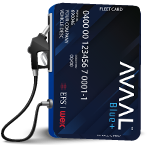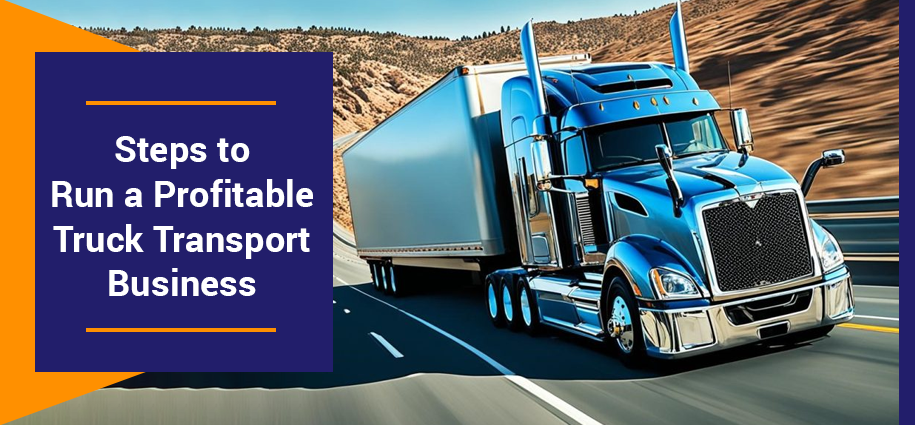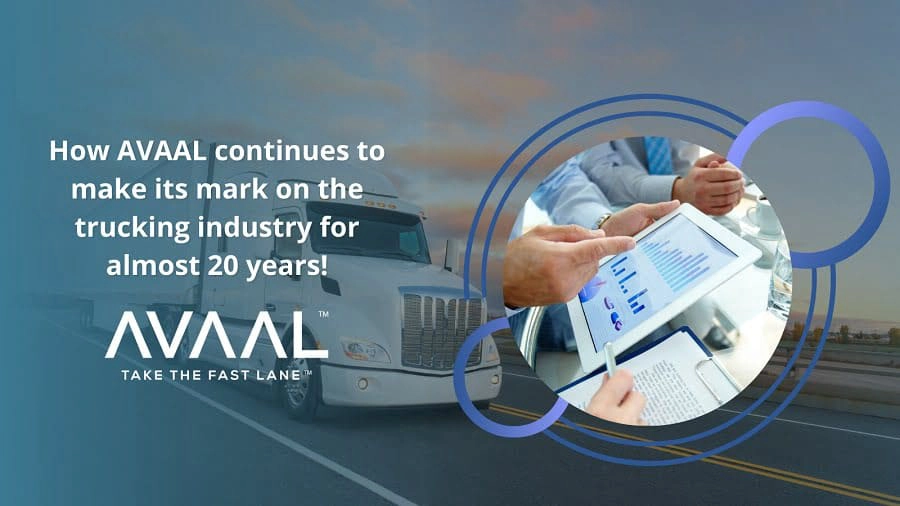- 30 Jan, 2024
Latest News:AVAAL Vehicle Tracking(AVT) launched. Read Now

Start Saving Todaywith Avaal Blue Fleet Card
Check Now
Steps to Run a Profitable Truck Transport Business
- December 31, 2024
The trucking industry is critical in the Canadian economy, serving as the backbone of supply chains and commerce. With proper planning, management, and execution, a trucking business can be highly profitable.
Below are key steps to guide you in running a successful and profitable truck transport business.
1. Understand the Industry and Market
Before entering the trucking business, it’s essential to understand the industry dynamics and market demands. Research key industries requiring trucking services and prevailing rates in your target area.
Conduct Market Analysis
- Identify competitors and analyze their pricing, services, and client base.
- Determine whether you want to operate locally, regionally, or nationally.
- Understand seasonal trends and how they affect demand for trucking services.
- Focus on specialized markets such as refrigerated goods or hazardous materials as specialization can reduce competition and allow for higher profit margins.
2. Create a Solid Business Plan
A comprehensive business plan is essential for outlining your goals, strategies, and financial forecasts. A well-thought-out business plan can also attract potential investors or secure financing.
Key Elements of Your Plan
- Mission and Vision: Define the purpose and long-term goals of your business.
- Services Offered: Specify the type of trucking services you will provide.
- Target Market: Identify your ideal customers and industries.
- Operational Plan: Detail your logistics, including routes, scheduling, and fleet management.
- Financial Plan: Include startup costs, revenue projections, and profit margins.
At AVAAL, we also offer comprehensive consulting services for trucking businesses to address unique business challenges. AVAAL takes care of every detail, empowering your company to stay ahead of the competition. Whether you need marketing strategies or a website, AVAAL handles every aspect of your business, helping you stay ahead of the competition.
3. Register and License Your Business
Trucking is a regulated industry, and compliance is non-negotiable. Proper licensing ensures smooth operations and avoids legal complications.
Steps to Legalize Your Business
- Register your business with local and federal authorities.
- If applicable, secure necessary permits and endorsements, such as Hazardous Material (HazMat) certification.
Avaal provides logistics companies with all the permits and authorities needed to transport goods.
4. Acquire the Right Equipment
The backbone of a trucking business is its fleet. Choosing new and used trucks depends on your budget and operational needs.
Tips for Fleet Management
- Choose the Right Trucks: Match the type of truck to the freight you plan to haul. Options include flatbeds, dry vans, or refrigerated trailers.
- Lease or Buy: Assess whether leasing or purchasing vehicles aligns better with your financial plan.
- Invest in Maintenance: Regular maintenance prolongs the life of your trucks and reduces downtime.
5. Secure Financing
Starting a trucking business requires significant capital for equipment, licensing, insurance, and operational costs. Explore various funding options to secure adequate financing.
Funding Sources
- Bank Loans: Traditional loans often offer competitive interest rates.
- Equipment Financing: Lenders provide funds specifically for purchasing trucks and trailers.
- Grants and Subsidies: Check for government programs supporting small businesses or the transportation sector.
6. Invest in Technology
Leverage technology to improve efficiency, reduce costs, and enhance customer satisfaction.
Essential Tools
- Fleet Management Software: Tracks vehicle location, fuel consumption, and maintenance schedules.
- Accounting Software: Streamlines invoicing, payroll, and expense tracking.
- Telematics: Monitors driver behaviour and vehicle performance in real-time.
8. Focus on Compliance and Safety
Adhering to safety standards and regulations is crucial for avoiding penalties and ensuring smooth operations.
Compliance Checklist
- Hours of Service (HOS): Ensure drivers adhere to HOS regulations to prevent fatigue.
- Vehicle Inspections: Conduct regular inspections to comply with FMCSA standards.
- Driver Training: Provide training on defensive driving, cargo handling, and compliance.
9. Hire and Train your Drivers
Drivers are the backbone of your trucking business. Hiring reliable and skilled drivers is crucial for delivering quality service.
Tips for Hiring
- Verify driver qualifications, including a Commercial Driver’s License (CDL).
- Conduct background checks and drug tests.
- Offer competitive pay and benefits to attract top talent.
Why Train the Drivers
- Enhanced Safety: Proper training equips drivers with the skills and knowledge to handle various road conditions and unforeseen situations, reducing the likelihood of accidents.
- Regulatory Compliance: Training ensures drivers adhere to legal and industry standards, helping avoid fines, penalties, and operational disruptions.
- Improved Efficiency: Skilled drivers are more efficient in fuel consumption, route management, and vehicle maintenance, which can significantly cut costs.
- Safety Training: Invest in training programs for safety and compliance to minimize risks and adhere to industry standards.
10. Build Strong Customer Relationships
A loyal customer base is essential for long-term success. Focus on delivering exceptional service to retain clients and attract referrals.
Customer Service Tips
- Communicate clearly and promptly about delivery schedules and potential delays.
- Offer flexible solutions to meet client needs.
- Request feedback and continuously improve based on customer input.
11. Monitor and Analyze Performance
Tracking key performance indicators (KPIs) helps identify strengths and areas for improvement.
Important KPIs
- Revenue Per Mile: Measures profitability of each trip.
- Fuel Efficiency: Tracks fuel usage to control costs.
- On-Time Delivery Rate: Evaluates service reliability.
12. Adapt to Industry Trends
The trucking industry evolves with technological changes, regulations, and market demands. Staying informed and adaptable ensures sustained success.
Emerging Trends
- Adoption of electric and autonomous trucks.
- Increasing demand for last-mile delivery services.
- Digital freight matching and blockchain technology for secure transactions.
Conclusion
Running a profitable truck transport business requires strategic planning, meticulous execution, and a commitment to excellence. By understanding market dynamics, leveraging technology, prioritizing customer satisfaction, and maintaining operational efficiency, you can build a thriving trucking enterprise.
Success in this industry doesn’t happen overnight, but with perseverance and smart decision-making, the rewards are substantial. Whether you are looking for education and training to expand your knowledge, professional consulting services to help you start and grow your business, or cutting-edge technology to take your company to the forefront of the industry, Avaal is at your service.







